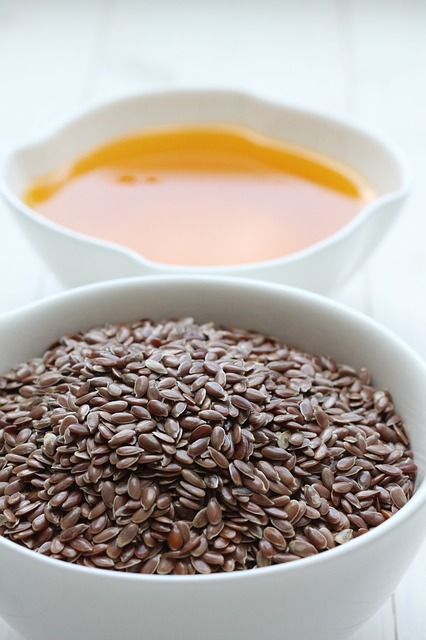Omega-3s: Are you getting enough?
You’ve likely heard of omega-3s and may even know of their anti-inflammatory properties. Aside from inflammation, they play a significant role in the body and provide numerous health benefits. Below we outlined what they are, why you need them, and even how much you should be eating.
Table of Contents
ToggleWhat Are Omega-3s and Why Do You Need Them
Omega-3s are a type of fatty acid. They play a structural role in cell membranes and therefore play a variety of roles in our overall all. Omega-3s are anti-inflammatory and are beneficial to our heart health, eye health, brain health, and more. They can even help to improve joint pain from arthritis and contribute to lower levels of depression.
The Many Forms of Omega-3s
There are three types of Omega-3s: EPA, DHA, and ALA.
ALA is considered essential because our bodies cannot make it on it’s own; we must consume it through our diet. Small amounts (~15%) of ALA can be converted to EPA and DHA in the body but it is important to consume a variety of whole foods to ensure adequate omega-3 intake.
You can get your EPA and DHA from fish and seafood. ALA is found primarily in flaxseed and walnuts as well as canola and soybean oils. Flaxseed is actually the best plant-based source of omega-3s.

How Much Do You Really Need
The Institute of Medicine (IOM) has defined an Adequate Intake (AI) level for ALA but not for DHA or EPA. The IOM recommends that women consume an average of 1.1 grams of ALA per day and 1.6 grams of ALA for men. Just 1 serving of ground flaxseed (2 tablespoons) provides 3.45 grams of ALA Omega-3s and 1 Tablespoon of flaxseed oil provides 7.26 grams of ALA.
3 Tips for Eating More Omega-3s
-
Use More Flaxseed
Try cooking with flaxseed oil or add Manitoba Milling Co. Smooth Whole-Milled Flaxseed to your smoothies and baked goods. Read our blog for recipes ideas and more ways to include flaxseed in your diet. Remember that in order to reap the full benefits of flaxseed, like the omega-3s, you must consume it in the ground form. Whole flaxseed is not as easy for our bodies to digest.

-
Eat More Walnuts
Walnuts are another good source of plant-based omega-3s. Add them to yogurt, on top of oatmeal, on salads, in stir-fries, and more.
-
Eat Fish 2 times Per Week
Salmon, sardines, and mackerel are all good sources of EPA and DHA Omega-3s. The American Heart Association recommends consuming fish 2 times per week to ensure adequate omega-3 consumption and heart health benefits. They suggest that consuming fish may be more beneficial than consuming fish oil supplements (consult with your doctor for personal recommendations).
You can find more information and food sources of Omega-3s here.
